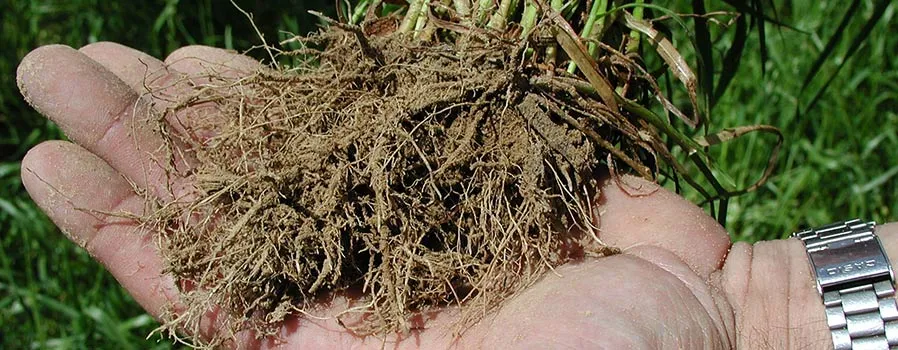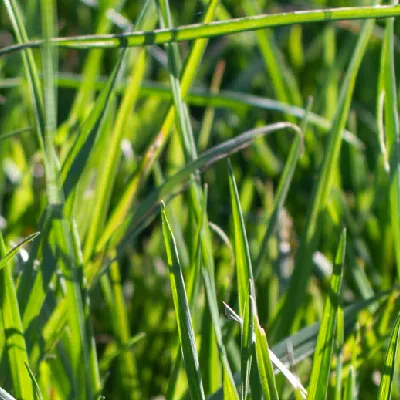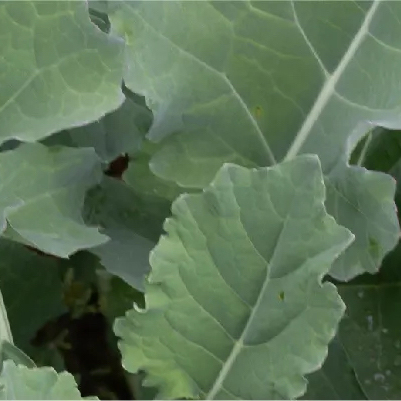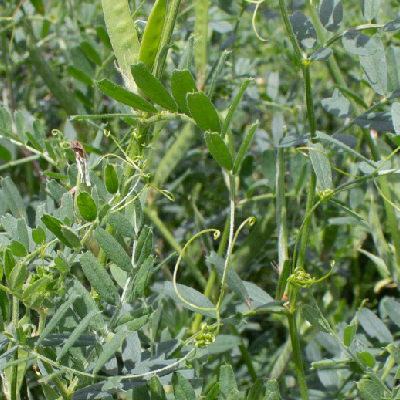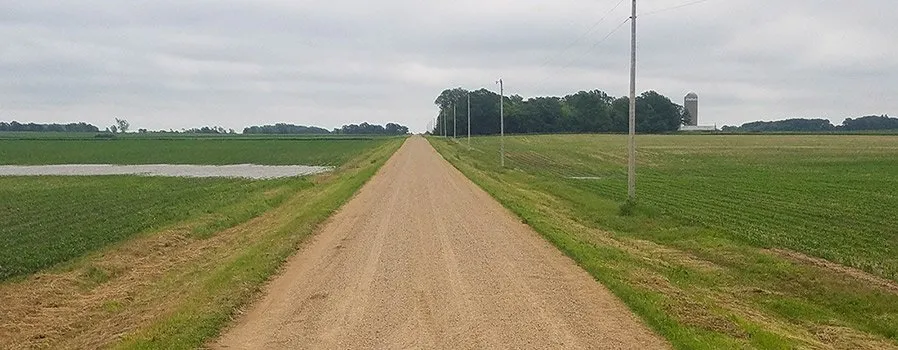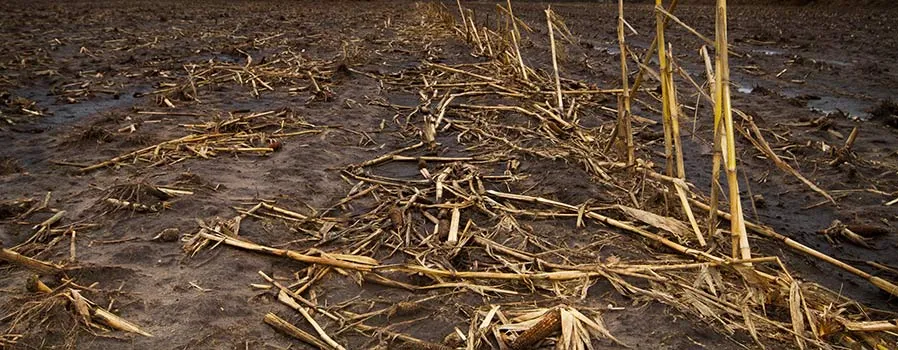Bio Till Cover Crops
P.O. Box 50
Shedd, OR 97377-0050
541-928-0102
sales@saddlebutte.com
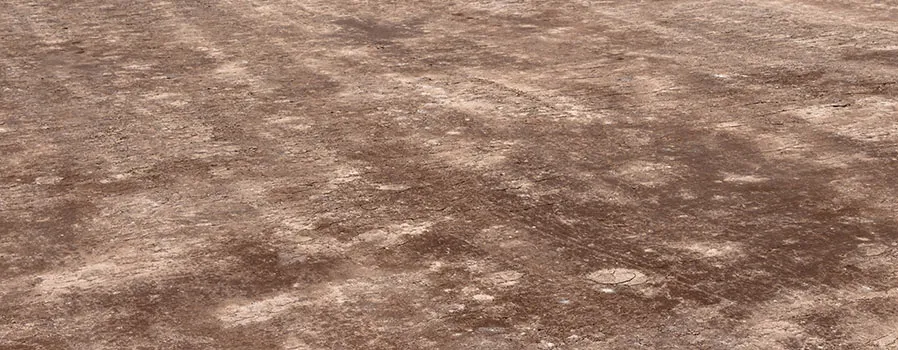
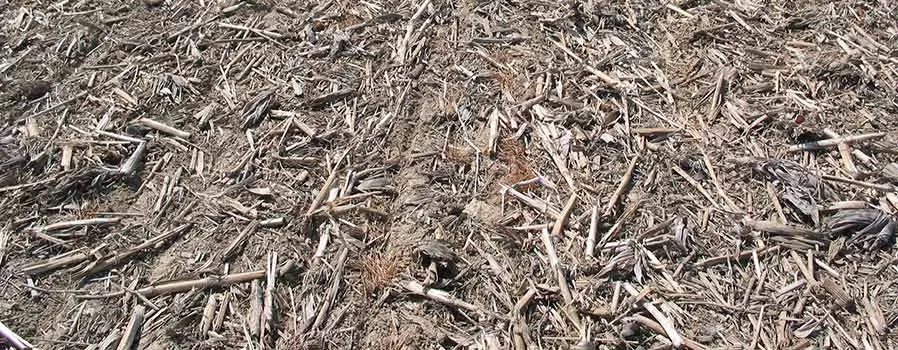
Biomass & Infiltration
Cover crop biomass will increase infiltration through the prevention of soil surface sealing – when soil compacts through the impact of water droplets to form an impermeable crust. Decreases in the number of water droplets allowed to impact, compact, and disrupt the soil aggregate with vegetative coverage will prevent soil surface sealing. The soil will be able to maintain a structure of channels capable of conducting water to lower layers efficiently and store the moisture for later usage during summer months.
Roots & Infiltration
Water infiltration channels are pioneered by the root systems of cover crops to increase soil aggregate stability, porosity, and storage capacity. Liquids will always follow the path of least resistance, and channels left by the burrowing of both roots and earthworms can serve as a highway for water to travel down to the lower soil depths.
Which Cover Crop Is Best?
Different cover crops can result in different effects on infiltration due to plant properties unique to the species. Non-legume cover crops can increase water penetration between 8% and 462%. Legume cover crops can increase soil penetration between 39% and 528%.
No Cover Crops Planted Cover Crops Planted
By managing fields to maintain continuous ground coverage through the usage of residues and cover crops, soils will be able to maintain high levels of porosity and allow water to infiltrate to deeper layers.
Did You Know?
Soil surface cover alone can increase infiltration by up to 180% in field trials.
No-Till Management & Infiltration
No-till management has been found to increase rainfall infiltration, and runoff reduction by two to four times the amount of conventionally tilled land.

